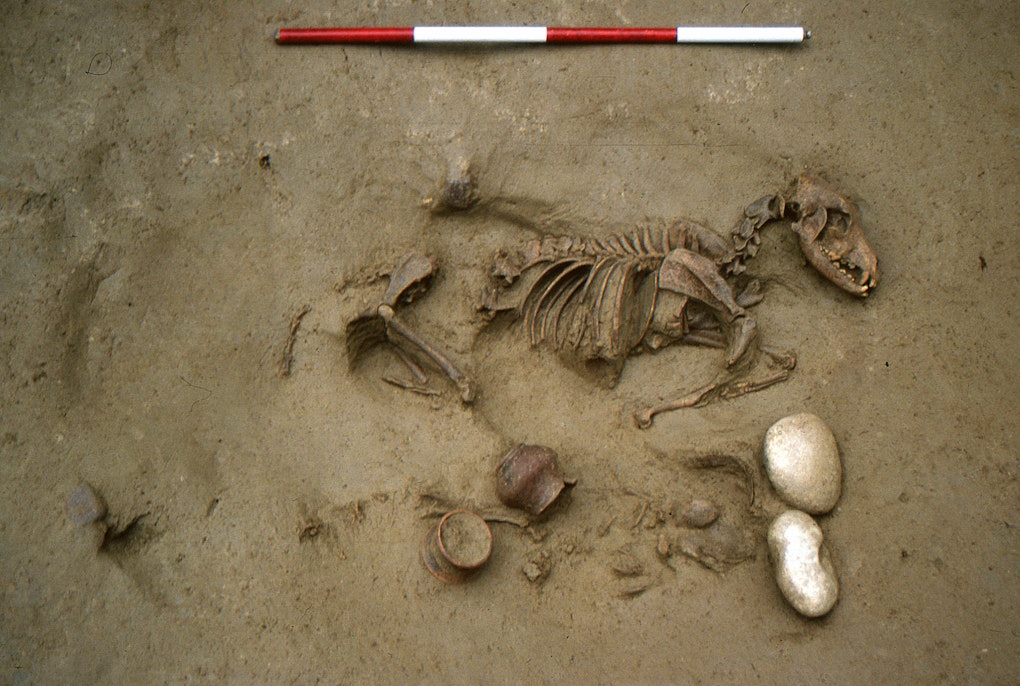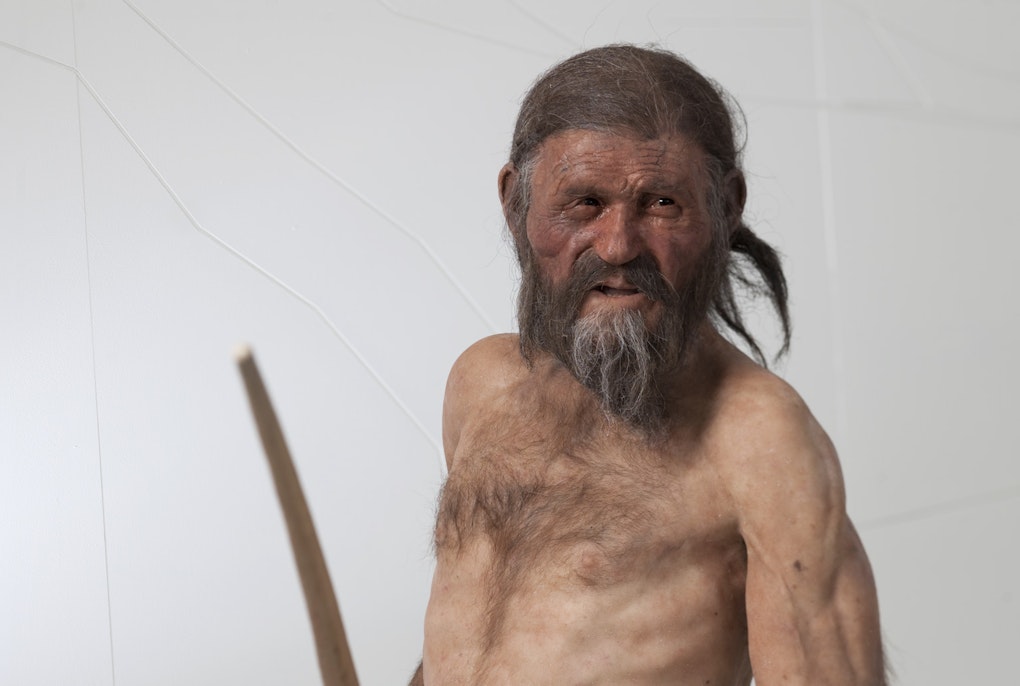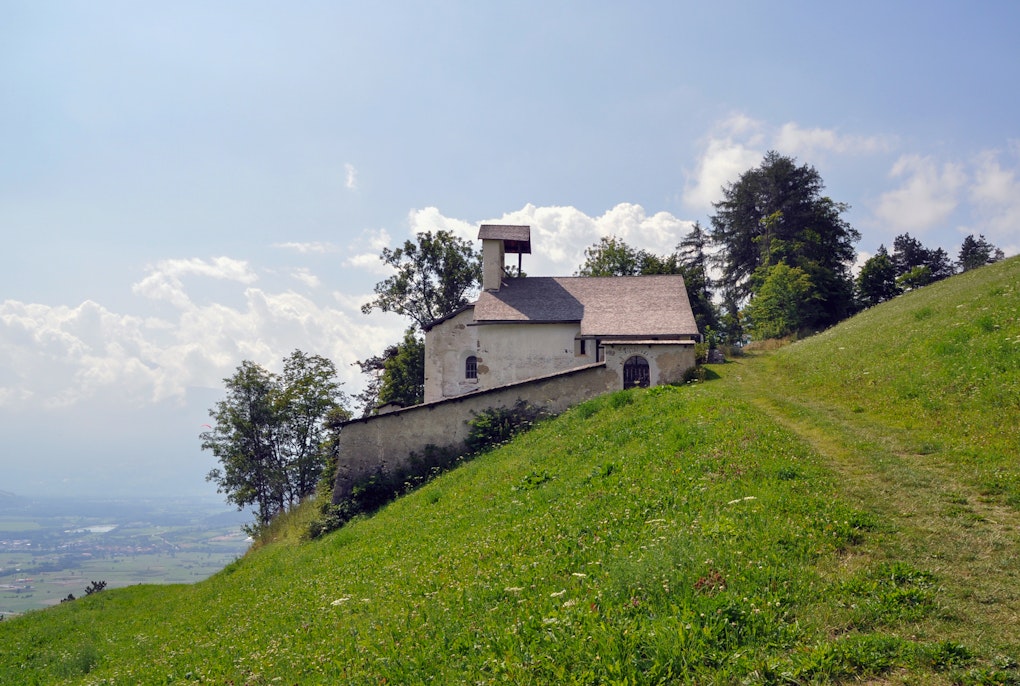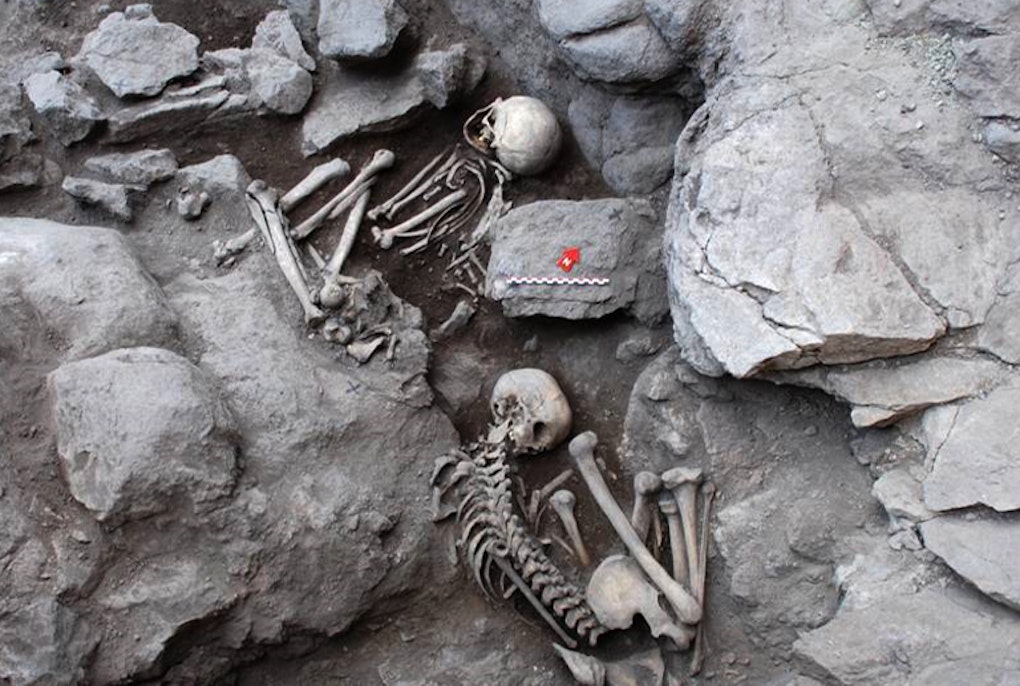magazine_ Feature
Bodies of evidence
Investigating the cause of death of 20 Celtic individuals – 2000 years on.
Victims of a natural disaster or human sacrifice? Researchers have been examining human remains found near the ruins of a bridge in the Three Lakes region of Switzerland not only to find out what happened to these individuals, but also to better understand the region’s Celtic heritage.
An aggregation of human bones and wooden beams found in a riverbed. What happened? And who were the victims? The mystery of the twenty skeletons has remained unsolved but a constant source of conjecture for almost sixty years. In 1965, the ruins of the Celtic bridge at Cornaux/Les Sauges and the human remains were discovered during restoration works for the Thielle canal. Since then, specialists in archaeology, anthropology, thanatology (the study of death and the practices associated with it), biochemistry, and paleogenetics have been involved in trying to understand this very cold case.
A freak accident?
The University of Bern and the Eurac Research Institute for Mummy Studies have been working together to better understand the mystery and enhance our knowledge on the culture of the Celts in Switzerland and northern Italy. Being mostly an oral culture, there are few written sources attributed to the Celts which is why the bioarcheological aspect is vital to reconstruct what took place in Cornaux/Les Sauges. The remains of the Celtic bridge and the skeletons are thought to either have been victims to a natural disaster like a sudden flood or that the corpses were the victims of human sacrifice, an attested practice for this period. The study sought to examine the human remains from all angles to understand which of the two hypotheses could be the most plausible. The good preservation of the human remains - 5 skulls preserved even brain tissue – suggests that the corpses were covered by a layer of sediment shortly after death. Lesions of traumatic origin were also present on all the bodies. These, which appear from the skulls to the legs may have arisen from a violent impact and do not resemble injuries that would have been caused deliberately or with a sharp object, which is the case in other European sites where human sacrifices have been documented. In addition, some of the bones were found to be embedded or layered with pieces of wood from the bridge, lending to the theory of an accident like the collapse of the bridge because of a natural phenomenon.
“What sets this study apart is that this is the first genomic data we have been able to obtain from Late Iron Age Switzerland.”
Stefania Zingale, paleogeneticist at the Institute for Mummy Studies at Eurac Research.
Bodies of evidence
The human remains themselves are a trove of biological information and by combining the clues that they reveal using radiocarbon dating (14C) and isotopic analyses it is possible to understand where the victims came from, what they ate, and when they lived. On top of this information, samples of ancient DNA were taken from 11 individuals to perform paleogenetic analyses in the Eurac Research ancient DNA laboratory in Bolzano to infer their biological relationship and determine their biological sex. “We were unable to find any close biological relationships between the individuals examined,” explained Stefania Zingale, paleogeneticist at the Institute for Mummy Studies at Eurac Research. “We often analyze human remains buried at the same site and sometimes we can identify cases of biological kinship between individuals. Due to the specific nature of this site, it is difficult – if not impossible – to say why the individuals examined are not closely related.” However, not all samples were suitable for paleogenetic analysis, so it cannot be assumed with certainty that the results apply to all individuals found. Zingale adds. “What sets this study apart is that this is the first genomic data we have been able to obtain from Late Iron Age Switzerland, and we expect to gain even more exciting insights in the future.” These bodies of evidence attest the presence of at least 20 individuals: 17 young adults, a young girl, and two other children. Of the young adults, 15 appear to have been male. Why was this group made up of mostly men? Could they have been prisoners or slaves, merchants, or soldiers? Another question also remains: did all the deaths happen at once? Since not all radiocarbon dating results were unequivocal, it is not possible to establish with certainty whether all the deaths occurred at the same time or whether death even coincided with the bridge’s collapse. “Taking all these different elements into account, it can be assumed that a violent, rapid disaster occurred in Cornaux,” summarizes Marco Milella, researcher at the University of Bern and co-leader of the project. He adds “The bridge may also have been a sacrificial site beforehand.” As such, it cannot be ruled out that some bodies could have already been there before the disaster scenario. “We needn’t assume that just one of the two hypotheses is true, both could be.”
“We needn’t assume that just one of the two hypotheses is true, both could be.”
Marco Milella, researcher at the University of Bern and co-leader of the project
“Far from being isolated by the mountains surrounding them, the Helvetians already lived at a busy crossroads at the center of Europe”
Albert Zink, Head of the Institute for Mummy Studies at Eurac Research
A crossroads for Celtic Europe
The Three Lakes region was important to the Celts, especially the Helvetians (Helvetii), the largest Celtic tribe that settled in the area between Lake Geneva and Lake Constance. This new study, the first to use paleogenomics for the analysis of Late Iron Age individuals from Switzerland, confirms their genetic proximity to other European Iron Age populations. For instance, some of the genetic lineages identified in Cornaux have been found in Britain, the Czech Republic, Spain, and central Italy. Isotopic analyses indicate that some individuals may have grown up in the Three Lakes region and others in other Alpine regions. “These findings confirm the importance of the region at the time”, explains Albert Zink, Head of the Institute for Mummy Studies at Eurac Research. “They support the idea of the increasingly well-substantiated notion of mixed groups and high mobility among these tribes. Far from being isolated by the mountains surrounding them, the Helvetians already lived at a busy crossroads at the center of Europe”, Zink concludes.
 technical documentation
technical documentationThe scientific paper
The conclusions of the study, supported by the Swiss National Science Foundation (SNSF) and the Autonomous Province of Bolzano, have just been published in the journal Scientific Reports “Geographic origin, ancestry, and death circumstances at the Cornaux/Les Sauges Iron Age bridge, Switzerland“: https://doi.org/10.1038/s41598-024-62524-y





